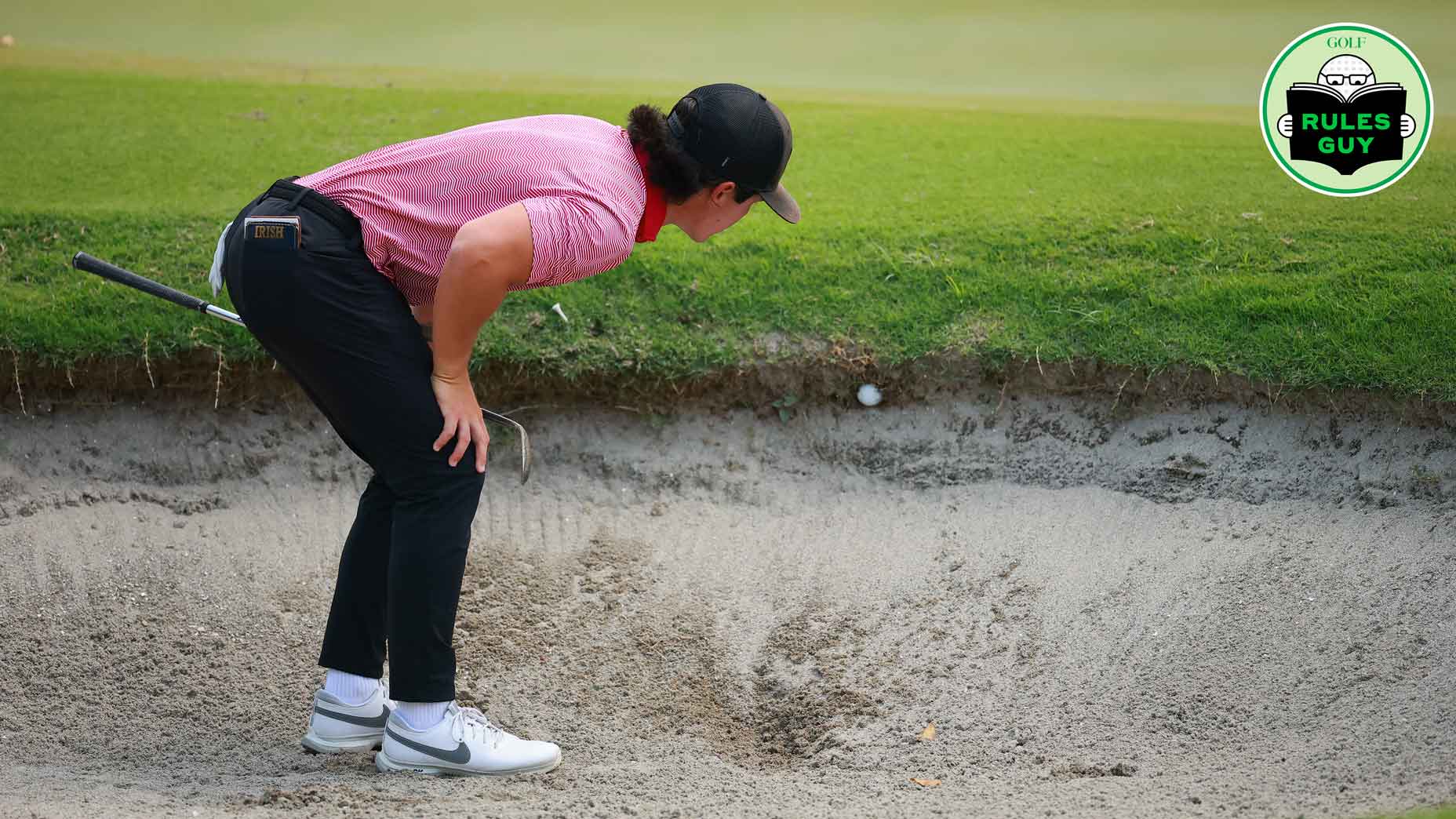I always know when a Tour player is happy with his putting stroke—and not because I have access to his stats. It’s the words he uses. When I hear, “Pelz, I’m starting the ball on line on almost every putt,” it’s music to my ears. What a competitive golfer cares about most is starting the ball on line. To them, that’s a job well done, whether or not the ball finds the cup. Combined with a good read and proper pace, starting the ball in your intended direction translates into a ton of makes, whether you’re a major winner or a 16-handicap.
Over the years, I’ve found that swinging the putter straight back and then down the line, with the face kept square to the target through impact (call it a “linear” stroke) is the easiest way to start putts on the desired line. An arcing stroke can work, but it takes a deft touch and better timing than Bob Hope. Think about it: If your putter is moving on an arc (typically, swinging back slightly to the inside and open, then returning to square for the strike before arcing back to the inside on your follow-through and closed), the face is moving directly at the target for a mere instant. If this instant doesn’t happen at impact, the ball will start left or right of target and miss the cup.

Hone your ability to start the ball on line as often as you can. When I practice, I have my son, Eddie, stand behind me on an extension of my chosen starting line. From this down-target view, he can easily discern the movement of the putter, the angle of the face, and whether or not the ball starts on line. We’ll often add a Pelz Teacher Pointer (the device you see attached to my flatstick in the photos at left), which makes checking face angle and path a no-brainer. In the top sequence at left, I’ve made a traditional arc stroke. You can see on this straight putt how far to the right of the cup the face points as I swing the putter to the inside on my backstroke. Now, the danger: Because I failed to return the face to square in time for impact, the putt missed right, even though I maintained the arc deep into my follow-through and closed the face. To compare, check the bottom sequence. This is how easy putting can be. With help from Eddie and the Teacher Pointer, I’ve grooved a straight-back-and-through stroke and started the ball dead on target. An automatic make!

Most weekend players get too caught up with what happens at the end of the roll. Making or missing putts largely depends on what happens at the start. The more putts you start on line, the more often they’ll drop—and the more pars and birdies you’ll rack up.





